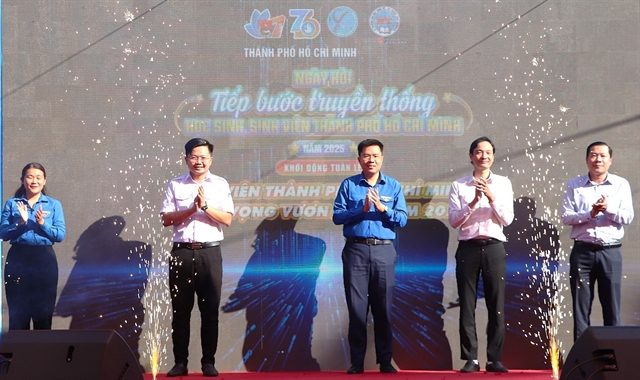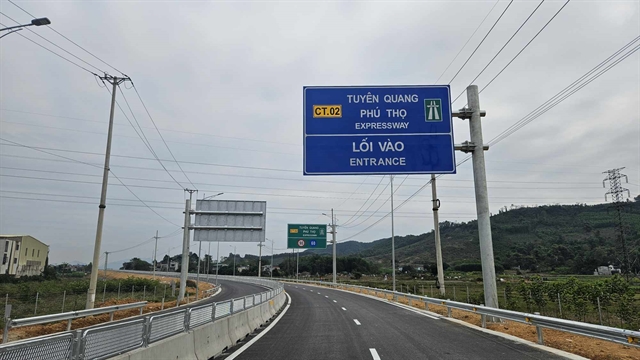 Society
Society

 |
| The Tuyên Quang - Phú Thọ Expressway shortens travel time from Tuyên Quang to Hà Nội to just over one hour. Photo baothanhtra.vn |
PHÚ THỌ – Following the merger of the three provinces of Phú Thọ, Vĩnh Phúc and Hòa Bình, a major area of focus is ensuring convenient transport connectivity between the former regions of Hòa Bình and Vĩnh Phúc with the new provincial centre of Phú Thọ.
Each of the three former provinces possesses its own unique strengths and potential. With the merger, a crucial challenge is how best to leverage these advantages in a coordinated and integrated manner to fully unlock development opportunities.
The Phú Thọ Province People’s Committee has identified this as a key issue and is prioritising efforts to fast-track investment procedures for new transport routes that radiate toward the new provincial capital (formerly Việt Trì City).
Chairman of the Phú Thọ Province People’s Committee Trần Duy Đông has instructed relevant departments and sectors, particularly the Department of Construction, to urgently conduct surveys, research and assessments to propose the construction of a new road connecting Hòa Bình Ward (formerly Hòa Bình City) to the new provincial centre (formerly Việt Trì City).
Once completed, the travel distance between these two locations will be reduced to about 60km, compared to nearly 100km currently.
With a shorter distance and faster speeds, travel time between Hòa Bình Ward and the new provincial centre will be shortened to around one hour, instead of nearly two hours at present.
In line with the goal of developing an efficient urban centre between Việt Trì and Vĩnh Yên, the chairman has also instructed the acceleration of construction on the road that will link the former centre of Vĩnh Yên City via the Hạc Trì bridge to the new provincial capital.
This road will span more than 20km instead of the current 25km route. Given the modern standards and scale of investment, travel time will be significantly reduced, greatly facilitating trade and mobility between the new province's two major economic hubs.
Meanwhile, in cooperation with the Ministry of Construction, the province is working to speed up site clearance to facilitate expansion of National Highway 2, accommodating high traffic volumes and better linking the urban areas of Vĩnh Yên and Việt Trì.
Along with road infrastructure, in the near future, the Lào Cai–Hà Nội–Hải Phòng railway line will also pass through Phú Thọ Province.
Approximately 100km of the railway line will be located within the province, with five stations planned including four mixed-use stations and one passenger station, as well as two technical operation depots.
This railway line is expected to become a promising mode of transport for both freight and passengers, contributing to the growth of industry, trade and tourism in the new Phú Thọ Province.
According to Đông, along with efforts to boost road connectivity, the province is also developing a long-term master plan with a strong focus on building an inter-regional transport network across the entire province.
This will help bridge the gap between urban and rural areas, creating opportunities and space for the development of remote areas, specialised agricultural zones and clean industries.
Improved connectivity will also lead to more balanced and stable growth in the real estate market, preventing speculative surges in the new provincial centre while addressing stagnation in areas like the former Hòa Bình City.
Better transport links are also expected to open up new opportunities for green tourism, eco-tourism and resort development. VNS